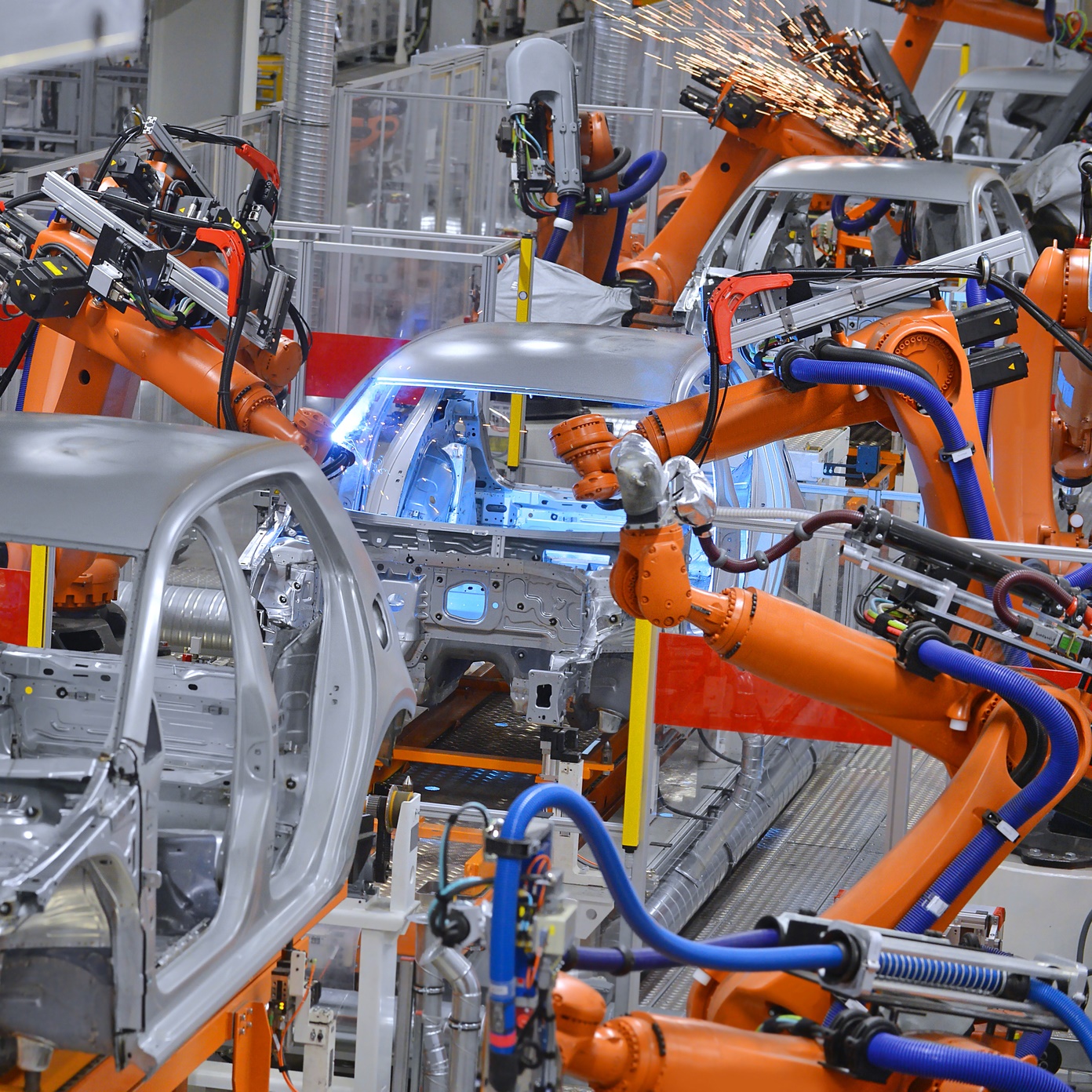Economy
Was The Whopping Producer Price Index Reading An Inflation Warning Shot ?

Published:
Last Updated:

If there is any set of data that can stir arguments among economists it is probably the consumer and producer price index numbers, and with good reason. Rising consumer and producer prices can signal the start of an inflationary period for an economy, and even moderate inflation can rapidly erode purchasing power, and can create uncertainty as businesses have more difficulty estimating future costs.
One of the questions the Federal Reserve board of Governors may be pondering today—after which they most certainly will announce an increase in the Federal Funds rate—is the increase in the May core and headline producer price index readings. The core came in at +0.03% versus an expected +0.02%. The headline reading clocked in at +0.05% versus an expected reading of +0.03%. While one month’s data hardly represents a trend, combined with increases in wages, the groundwork may being laid for prices to continue to jump.
The current annual inflation rate for May came in at 2.8% which was almost a full percentage point higher than May of 2017 which was posted at 1.87%. Compare that with May of 2016, which was a puny 1.02% and maybe there truly is a trend that investors should be concerned about.
It is important to remember that high inflation is detrimental to the overall economy but beneficial to the government, since the government can pay back the nation’s debt with “cheaper dollars.” That is the conundrum for the Federal Reserve as they balance the government’s need for higher inflation, while making sure the economy doesn’t run too hot.
Anecdotally, many of us are probably seeing higher prices. One just needs to fill up the gas tank at current prices to know that gasoline has gone much higher. In fact, once again, President Trump on Wednesday chastised OPEC for the current higher prices for oil despite the fact West Texas Intermediate crude oil has actually declined almost 15% since late May.
Inflation is usually a result of increases in the money supply, months or even years in the rear-view mirror. Because of this outsized lag in the time between money creation and the time it shows up in the economy the Federal Reserve, and specifically the analysts that track the money supply, must estimate the impact their money creation efforts will have years in advance.
The Federal Reserve tries to target a 2% inflation rate, but often over or underestimates the effect their actions will have. However with the May current inflation rate at 2.8%, you can bet that close attention is being paid to current data, and increases in the fed funds rate could ratchet up if things continue skewing higher.
Interestingly enough, the overall market yawned at today’s producer price index numbers and, oddly enough, the bond market actually traded up on the numbers. However, if you combine yesterday’s hot consumer price index numbers with today’s higher producer price index readings, it doesn’t take an economist to figure that we could be headed for trouble.
You can bet that the financial media talking heads and all of the economists and strategists will be listening closely to what Fed Chairman Jerome Powell has to say after the results of the June meeting are released. Plus the fed statement will be probably be very closely scrutinized for any substantial changes in the verbiage, especially when it comes to the topic of inflation.
Start by taking a quick retirement quiz from SmartAsset that will match you with up to 3 financial advisors that serve your area and beyond in 5 minutes, or less.
Each advisor has been vetted by SmartAsset and is held to a fiduciary standard to act in your best interests.
Here’s how it works:
1. Answer SmartAsset advisor match quiz
2. Review your pre-screened matches at your leisure. Check out the advisors’ profiles.
3. Speak with advisors at no cost to you. Have an introductory call on the phone or introduction in person and choose whom to work with in the future
Thank you for reading! Have some feedback for us?
Contact the 24/7 Wall St. editorial team.